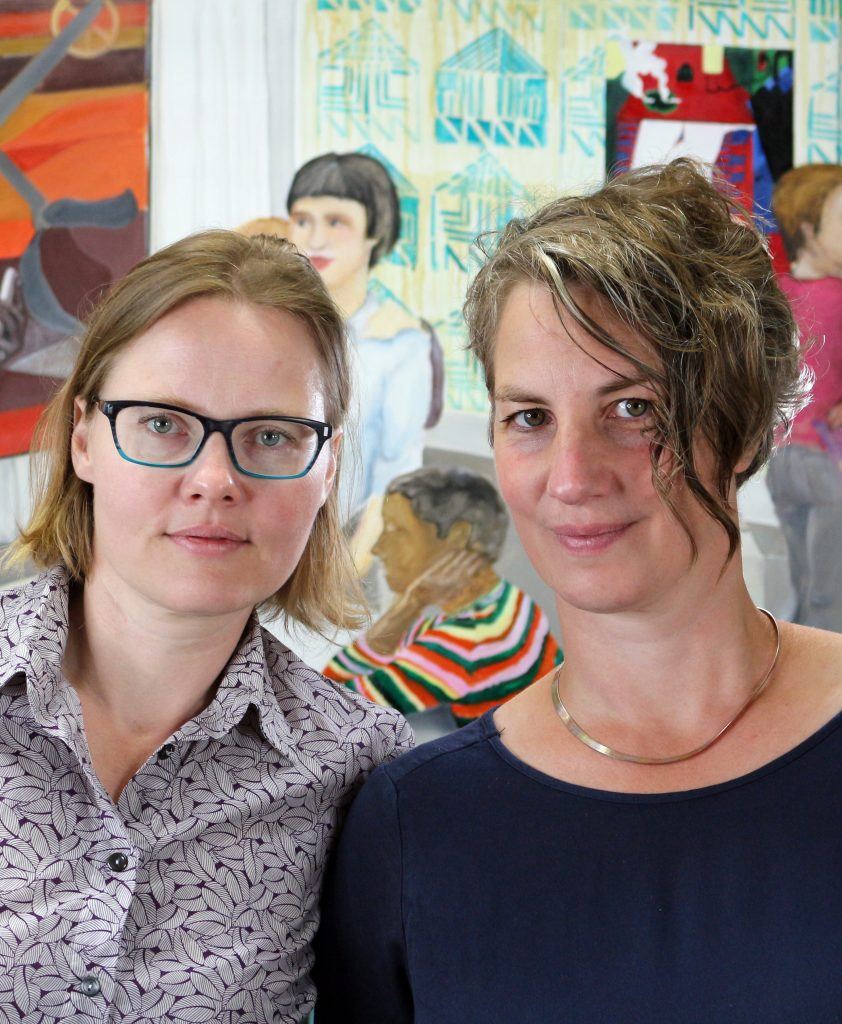by Tara* Kaushal 
My take on the evolving conversation around feminism today. Image courtsey bollywoodlife.com.
The other day, at a gathering of distant relatives, I was introduced to this older lady as a “feminist writer”. After the polite hellos, she said, “So, you're a feminist, huh?” I nodded. “Well, I don't think feminism is necessary nowadays… Look at all walks of life, women are now equal. At the forefront even.”
What is Feminism?
It was the first day of feminism class in our all-girls college in New Delhi. Dr Abraham walked in and asked us whether we were feminists. We all nodded yes. “What is feminism?” Three years before, I'd written an essay on the subject to get into college, and to Dr Abraham I remember answering “freedom” and “equality”. Thus began my journey of understanding this complex subject, but even now, I always reach back to my first answers about what it is. Then, simplistically, I thought it was about women being equal to men, and freedom being the ability to live life without gender constraints like men in India seemed to. Now, I see feminism as a way towards an egalitarian, utopian world for everyone—man, woman, either, neither, irrelevant—by addressing the issues faced by the gender that bears the brunt of gender discrimination.
Now, I'm not unfamiliar with the arguments against feminism. Those who advocate them fall in to two broad categories: those who believe that women are genuinely the weaker sex that deserves to be subjugated for religious or sociocultural reasons, and those who believe, like the lady from the party and many subscribers to the Women Against Feminism movement, that women are already ‘equal'.
The End is Nowhere Near
To the former type, I have nothing to say (not here, idiot). It's the latter reason, especially coming from those living in a country like India, that actually astounds me. As a rookie many years ago, one of my interview questions to British author Helen Cross was whether she was a feminist. And she answered that people don't really ask that in England “because they just sort-of presume that everybody is, because it's kind-of beyond that point”; she said she was asked that a lot here because it was an “active and dynamic” conversation.
I especially don't understand it when the women here say that.
A) How do YOU think you got here, wearing jeans, having careers, taking selfies in your bikinis, living with your boyfriends, eh?
B) Are you really ‘equal' and ‘free' from any sort of gender discrimination—at work, on the street, in your relationships? (Answer ‘no' straightaway if you get a male friend to drop you home at night.)
And C) Is every single woman around you as ‘equal' as you—is there really no family you know where the son roams wild and free while the daughter's expected to obey, or woman who has been harassed for dowry? There, you have your answer.
This is not to say that countries where women are highly emancipated, like the UK or US, have done away with gender discrimination and no longer need feminism. While they, for the most part, may not have to contend with issues as basic ours, women continue to bear the brunt of lookism and media stereotypes, battle the glass ceiling, and deal with sexual violence. In India, we deal with the whole range of gender issues—from child marriage and dowry to ‘First World' concerns like those listed above, judgement-free promiscuity, maiden surnames and independent choice.
Take this week, for instance. A leading movie star has taken a leading newspaper to task for a headline that calls attention to her cleavage with an open letter about choice, reel/real (an quick summary
here), spawning much conversation about double standards—the newspaper's, the film industry's and even hers. In another India not so far away, the grave of a toddler girl, suspected to have been buried alive and rumoured to be a ‘goddess', became an impromptu pilgrimage site for hundreds of villagers, who came to offer prayers, fruits, flowers and money.
While I have oftentimes wondered at the futility of writing about ‘evolved' concerns when there's so much work on the basics that is yet to be done (read
here), I'll end with this: Feminism is beyond the bra burning and the wild lurch from domesticity to feminazi; it's beyond first wave and second wave; it lives in plurals and pluralities, evolving as society has, addressing a problem here, another there. It is a means to an end. And until genders are equal on all levels, the feminists' fight is far from over.


 Before I met Hayat Nur Artiran, I had only had a raw understanding of what female selfhood may look like, a notion I have been attempting to refine in my writings over many years. Here, at the Mevlevi Sufi lodge in Istanbul, I received a lifetime’s worth of illumination about the power of the spirit in the company of Nur Hanim, beloved Sufi Hodja and the President of the Sefik Can International Mevlana Education and Culture Foundation. A researcher, author and spiritual leader on the Sufi path known as the Mevlevi order (based on the teachings of Maulana Jalaluddin Muhammad Balkhi Rumi, known in the West simply as the poet Rumi), Nur Hanim’s accomplishments shine a light on an ethos that has transformed hearts for nearly a millennium. More instrumental than personal achievement in this case, is the Sufi substance and finesse that Nur Hanim has nurtured in the running of this Mevlevi lodge. Spending a day here, on my most recent visit to Istanbul, I came to experience what I had thought possible, based on my Muslim faith, but had never witnessed before: men and women coexisting, learning, working and serving in harmony, a place where one forgets the ceaseless tensions between genders, generations, ethnicity, or those caused by differences in religious beliefs or the self-worshipping individualism that has become the insignia of modernity.
Before I met Hayat Nur Artiran, I had only had a raw understanding of what female selfhood may look like, a notion I have been attempting to refine in my writings over many years. Here, at the Mevlevi Sufi lodge in Istanbul, I received a lifetime’s worth of illumination about the power of the spirit in the company of Nur Hanim, beloved Sufi Hodja and the President of the Sefik Can International Mevlana Education and Culture Foundation. A researcher, author and spiritual leader on the Sufi path known as the Mevlevi order (based on the teachings of Maulana Jalaluddin Muhammad Balkhi Rumi, known in the West simply as the poet Rumi), Nur Hanim’s accomplishments shine a light on an ethos that has transformed hearts for nearly a millennium. More instrumental than personal achievement in this case, is the Sufi substance and finesse that Nur Hanim has nurtured in the running of this Mevlevi lodge. Spending a day here, on my most recent visit to Istanbul, I came to experience what I had thought possible, based on my Muslim faith, but had never witnessed before: men and women coexisting, learning, working and serving in harmony, a place where one forgets the ceaseless tensions between genders, generations, ethnicity, or those caused by differences in religious beliefs or the self-worshipping individualism that has become the insignia of modernity.  which it affects everyday German speech will only become apparent in hindsight, after its traces are already securely imbedded in the language. In Europe, the immigrant presence rarely finds acknowledgement in high culture, but you can see it wielding its influence on popular culture in subversive ways. The Turkish ghetto identity, which developed in response to the discrimination a younger, German-born generation of second- and third-generation migrant worker families continues to face there, particularly in the wake of German Reunification and the deadly xenophobic attacks that followed, has always identified heavily with Black American subculture. The Turkish-German assimilation of Hip Hop and Rap was seamless: it gave them a language, dealt embarrassing blows to German political correctness and its many blind spots, incorporated taboo themes otherwise held to be racist, sexist, or anti-Semitic, and posed questions that cultural commentators, at a complete loss, are still largely trying to evade.
which it affects everyday German speech will only become apparent in hindsight, after its traces are already securely imbedded in the language. In Europe, the immigrant presence rarely finds acknowledgement in high culture, but you can see it wielding its influence on popular culture in subversive ways. The Turkish ghetto identity, which developed in response to the discrimination a younger, German-born generation of second- and third-generation migrant worker families continues to face there, particularly in the wake of German Reunification and the deadly xenophobic attacks that followed, has always identified heavily with Black American subculture. The Turkish-German assimilation of Hip Hop and Rap was seamless: it gave them a language, dealt embarrassing blows to German political correctness and its many blind spots, incorporated taboo themes otherwise held to be racist, sexist, or anti-Semitic, and posed questions that cultural commentators, at a complete loss, are still largely trying to evade.
